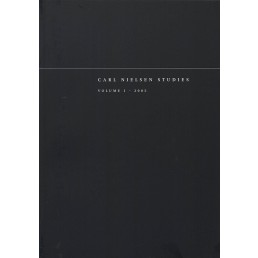Carl Nielsen and Early Twentieth-Century Musical/Aesthetic Theory
DOI:
https://doi.org/10.7146/cns.v1i0.27719Abstract
Both in his music and in his writings, Nielsen’s independence of spirit resists categorisation. Nevertheless, many of the articles of faith most closely associated with him – and even the actual words in which they are couched – reflect the musical/aesthetic discourses of his time. Such affinities may be traced, for instance, in the writings of the Russian musicologist Boris Asafyev, the Austro-Swiss theoretician Ernst Kurth and the French philosopher Henri Bergson. Awareness of this intellectual context helps to explain why close examination of Nielsen’s musical language is of more than merely technical significance (an example is given from the first movement of his First Symphony).Downloads
Published
2003-04-10
How to Cite
Fanning, D. (2003). Carl Nielsen and Early Twentieth-Century Musical/Aesthetic Theory. Carl Nielsen Studies, 1. https://doi.org/10.7146/cns.v1i0.27719
Issue
Section
Articles
License
- Authors retain copyright and grant the journal right of first publication with the work simultaneously licensed under a Creative Commons Attribution License that allows others to share the work with an acknowledgement of the work's authorship and initial publication in this journal.
- Authors are able to enter into separate, additional contractual arrangements for the non-exclusive distribution of the journal's published version of the work (e.g., post it to an institutional repository or publish it in a book), with an acknowledgement of its initial publication in this journal.

